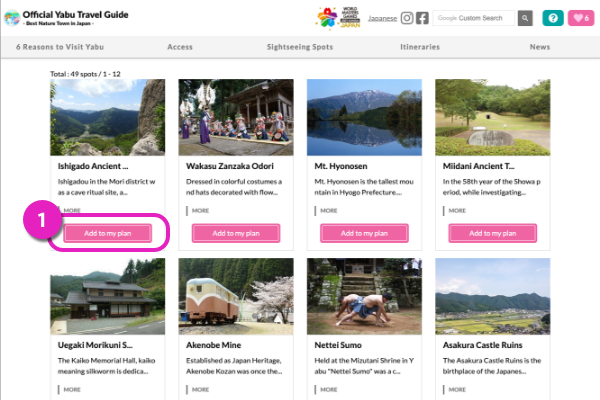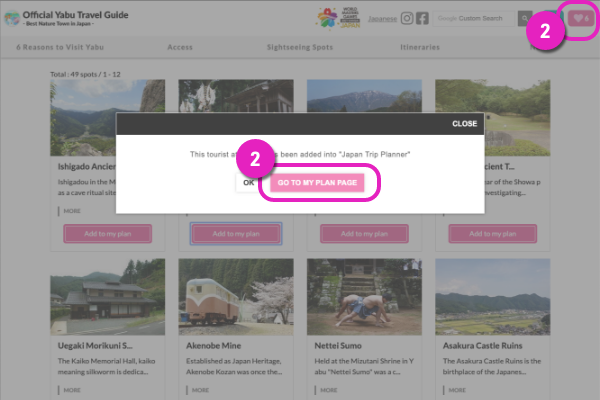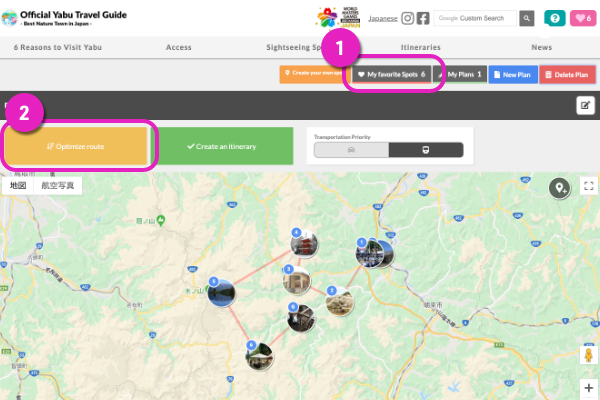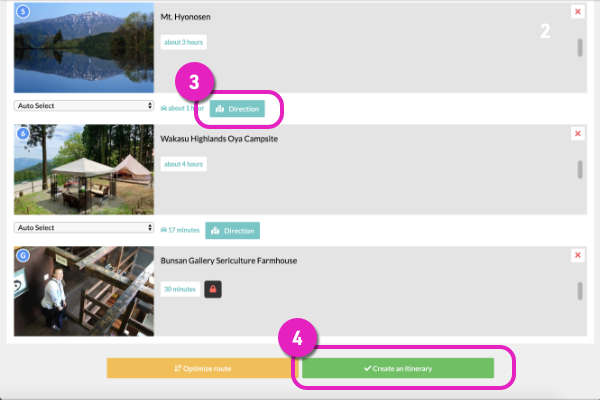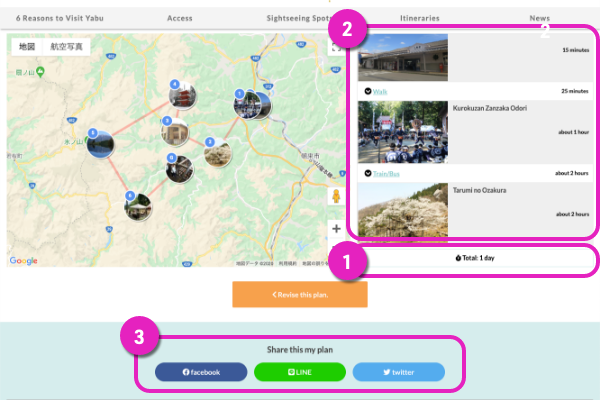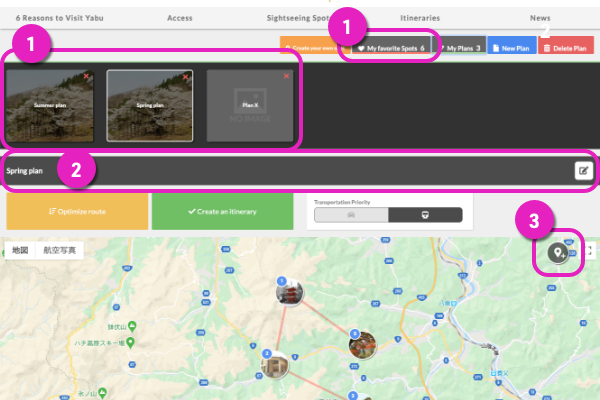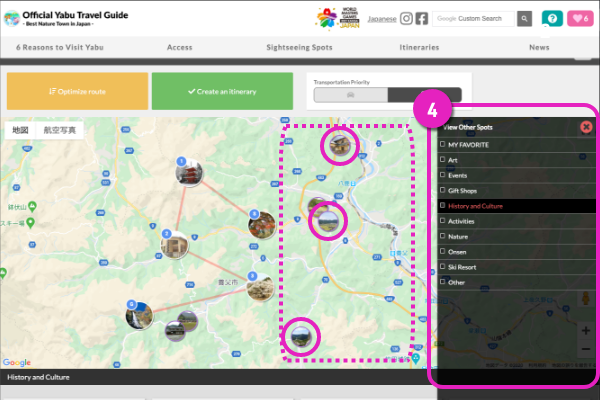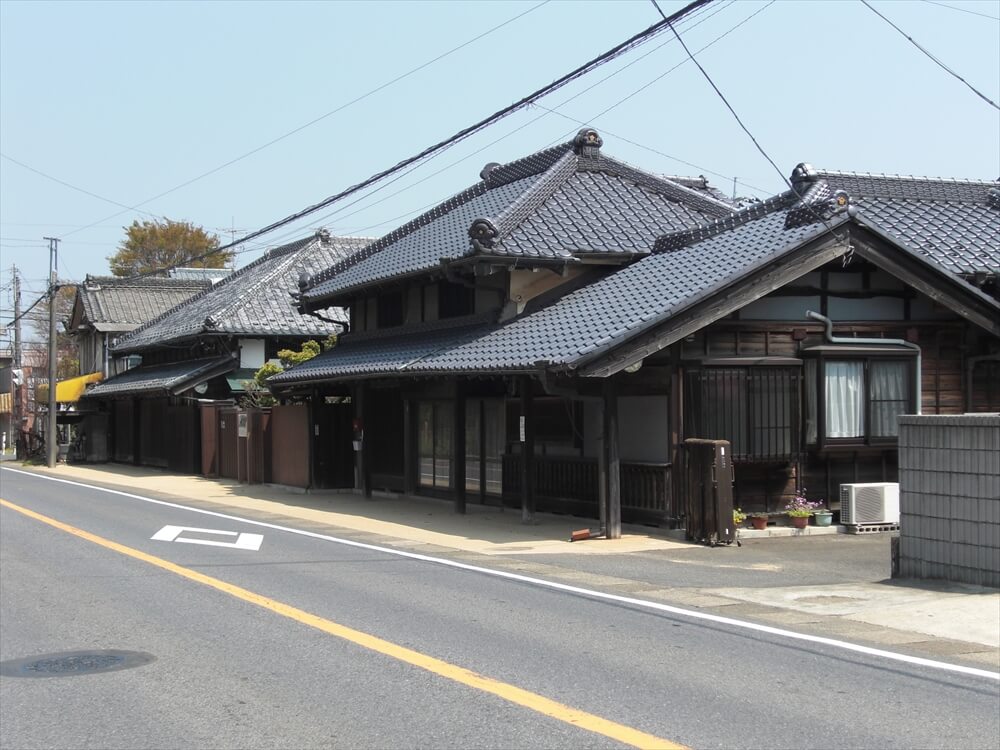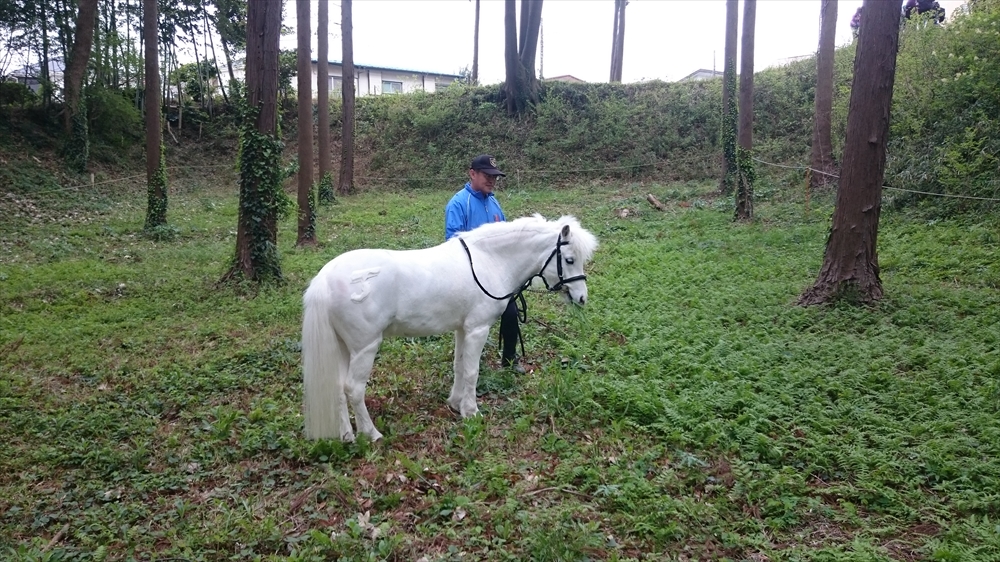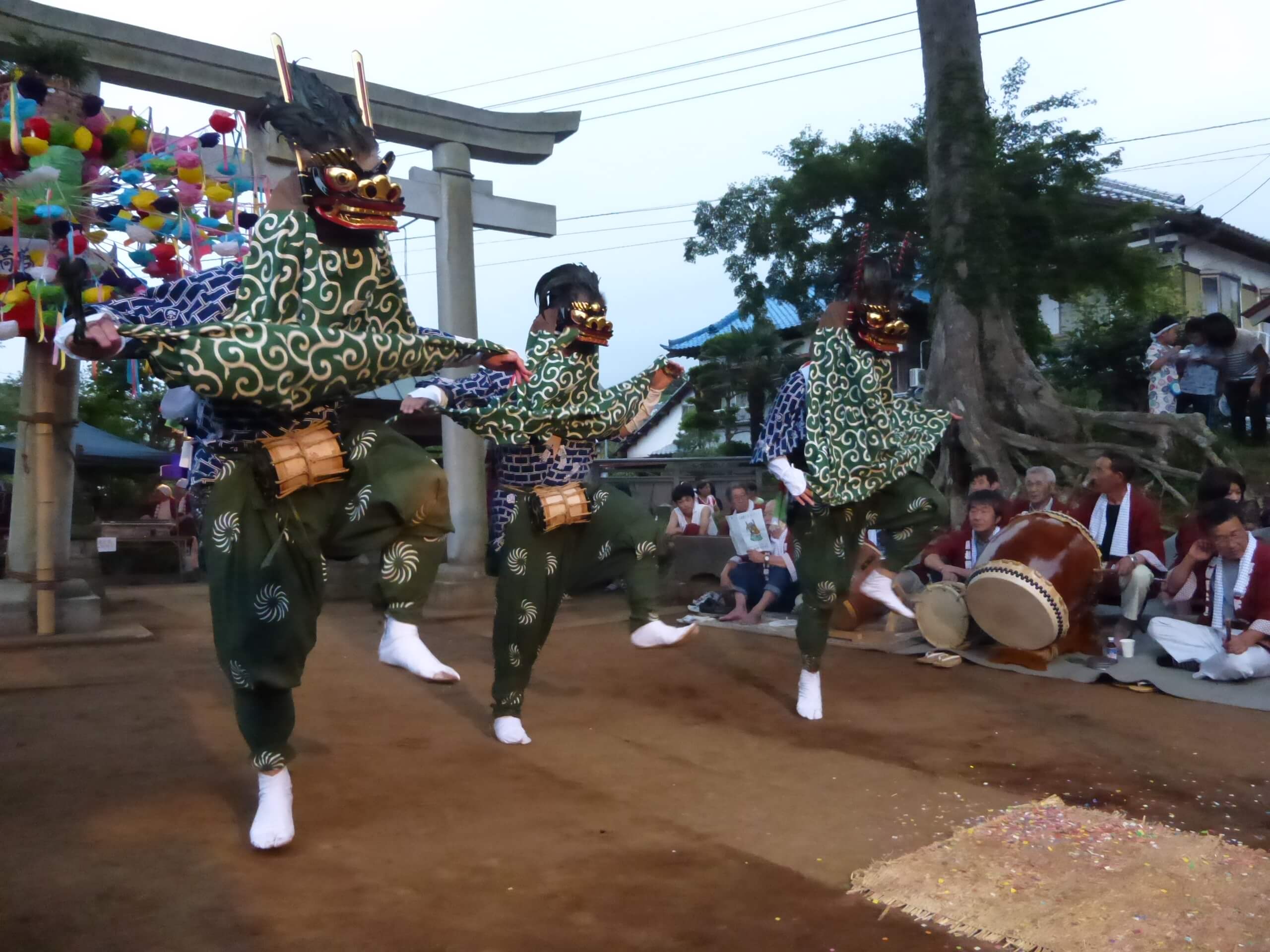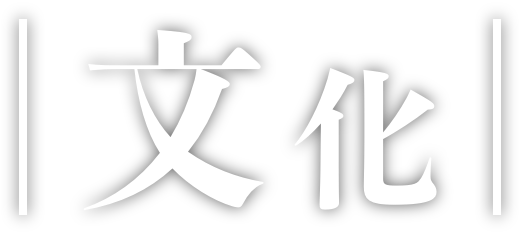
Culture
The Maki of Bōsō and its Cultural Landscape
The life of people at the maki of Bōsō can be felt in everyday life through monuments, shrines, rituals, festivals, and more. Of those are the “Gorogaike no Bentensama” of Kashiwa City about the accident which occured at the spring or water drinking area for wild horses, “Koeppa no Benten” of Yachimata City, as well as stone monuments of Bato Kannon (horse-headed Kannon) and Gozu Kannon (cow-headed Kannon) which serve as religious memorial services for horses and cows. Kamogawa City’s Yabusame (the art of shooting arrows on horseback) of the Kippohachiman Settlement and the Izumi no Sanyaku (a farming ritual passed down in the Izumi village) have also been passed down, allowing us to feel the life of people at the maki of Bōsō even today. Monuments and shrines which commemorate the cultivation on the site of the maki of Hokusō and the current name of the cultivated area blend into the present day.
Recommend Spots

Sanrizuka Imperial Pasture Memorial Hall
Maki-area: Sakura-maki
It was opened on the place where the Imperical Ranch Office was located, in order to remember the Shimōsa Imperial Pasture which left its mark as a pioneer of livestock development in Japan on the grounds of Sanrizuka from the beginning of the Meiji Era.

Kippohachiman Shrine
Maki-area: Mineoka-maki
The Kippo-go received the divided tutelary deity as the village shrine in Tenchō 6 (829). The main shrine is built on a sacred lake and is decorated mainly with the works of Nami no Ihachi he produced in his Mid-30s to later half of his life. In the center is a dragon holding a jewel and on the left and right are figures of “Nami ni Sai”. It is usually not open to the public but can be seen at the Annual Festival held at the end of September.
